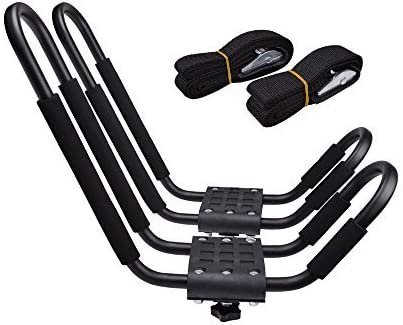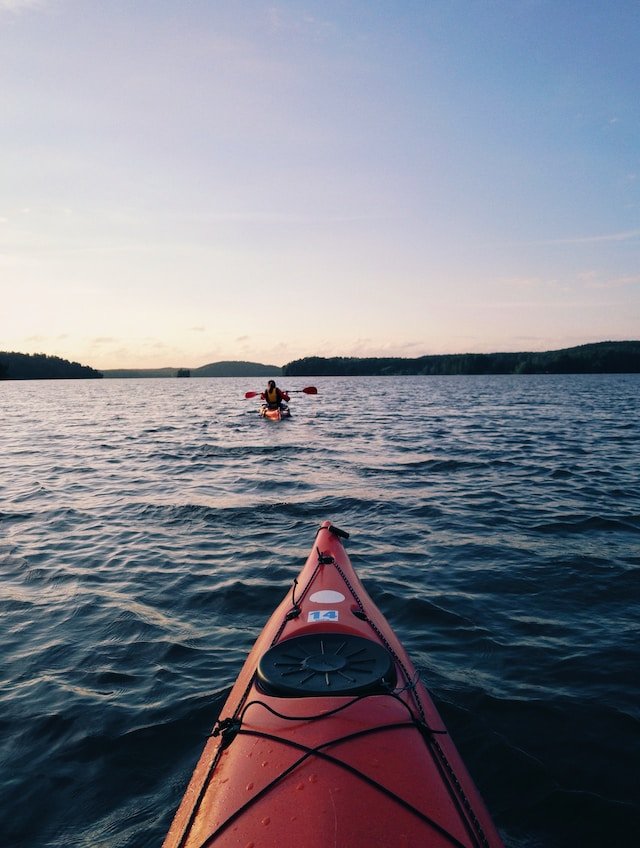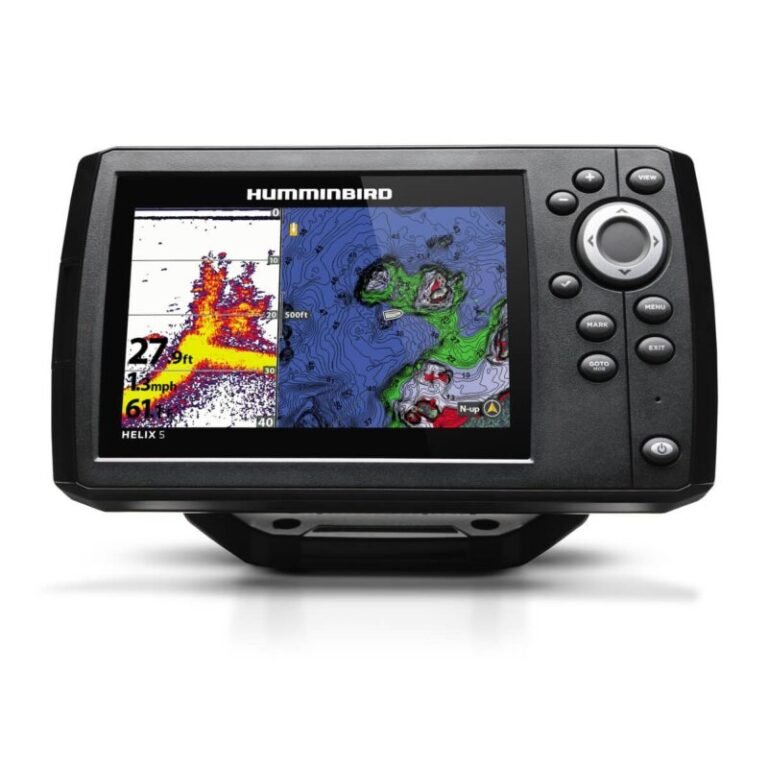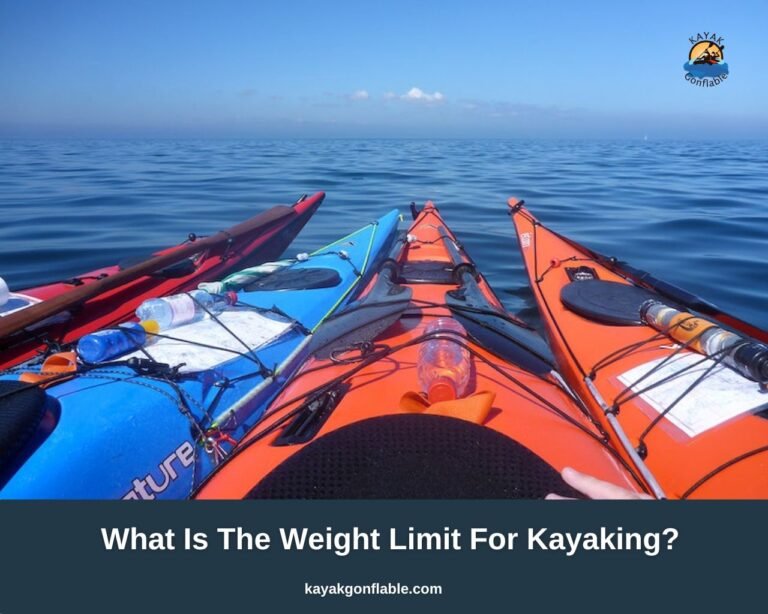The Ultimate Guide To Kayak Crabbing

Kayaking is a paddle sport, but it can also be used for other things, and chief among them is putting food on the table.
When people think of kayaking in relation to food, they often think of anglers in their kayaks patiently waiting for fish to fall into their traps or bite their bait.
The truth is that fish are not the only things waiting to be caught. Crustaceans in the form of crabs wait patiently in sandy areas and reefs for you to come, catch them, and make dinner of them.
The art of fishing for crabs from your kayak is called kayak crabbing, and over the years, it has become a tradition to fish for crabs during the crabbing season. You read that right.
There is a period when you are allowed to fish for crabs, and there are laws guiding the traps you can use and even the number of crabs you can catch.
This article provides a kayak crabbing guide for novice anglers or those who wish to start fishing crabs.
What is kayak crabbing?
Put simply, kayak crabbing involves kayaking and crabbing simultaneously. Crabbing is fishing for crabs. It entails all the practices, rules, and know-how required to successfully catch tasty crustaceans.
Kayak crabbing is therefore kayaking (preferably from your fishing kayak) while setting traps for crabs in areas known as their habitat, then catching yourself a sumptuous dinner.
Why go kayak crabbing?
Crabbing is an important part of fishing, and as such, it has been practiced for many years in different watercraft. Below are some reasons why you should fish for these crustaceans from kayaks.
- It allows you to enjoy nature and exercise while catching your meal.
- Crabbing from a kayak is less expensive than crabbing from a boat and is easier to get started.
- Crabbing from a kayak also allows you to get closer to the crabbing areas, and you can easily avoid crowded areas.
- Kayak crabbing is a relaxing activity.
- Crabbing from a kayak allows you to get up close and personal with the crabs.
Kayak Crabbing Gear
Kayak crabbing is a popular activity among many kayakers. It allows them to get up close and personal with crabs while also providing a delicious meal.
There are a few things you will need to go kayak crabbing for a successful day. The gear and accessories required for kayak crabbing are given below.
A Kayak
First and foremost, you will need a kayak that is stable enough to hold both you and your gear.
A fishing kayak is perfect for crabbing, but you want a kayak that will be easily maneuverable, particularly if you will be crabbing in a mangrove (for mud crabs) or other such place.
That being said, most kayaks are good for crabbing, but for an enjoyable experience, your kayak should have a large cockpit and enough storage space for your gear, bait, and your catch.
It would also be wise to outfit the kayak with accessories that will make the watercraft easier to navigate, like a customized paddle, a paddle leash, comfortable seats, etc.
Crab Traps
Next to your kayak, crab traps are the most important gear you need to fish for crabs. Crab traps offer an easy and efficient way to catch crabs, while kayaks provide a great platform from which to fish.
There are a few things to consider when choosing crab traps, including size, weight, and material. Size is important because you want a trap that is big enough to catch crabs but not so big that it is difficult to transport or store.
The size of your traps also determines how many traps you can bring with you on your crabbing trip and how many crabs can be caught in a trap, so you’ll want to make sure you choose the right size.
The weight of your traps is another important aspect of choosing traps. It is common practice to mark the area where you set your traps with buoys, and the weight of the traps can help keep your buoys in place.
The weight of the traps also determines how many traps you can bring with you, so the ball is in your court. The most important part of choosing traps is the material the traps are made of.
You want your traps to be made of sturdy materials so that your catch won’t escape. Good traps will last a while before they need to be replaced.
Bait Bucket
Your trap is useless without bait, and the bait bucket exists to hold the bait with which you entice your crustacean friends to become your dinner.
The bait bucket can vary depending on the bait you use. It could be an actual bucket or even a cooler filled with the bait that will earn you your meal.
Basket
This could be a cooler or other container. The basket is used to store your catch and keep them from eluding you.
The basket should be outfitted with a secure lid that will prevent the crabs from jumping out of it. Believe me, you don’t want angry crabs loose in your kayak.
Gloves
Believe it or not, you need gloves if you don’t fancy losing fingers. Sooner or later, you could make a mistake while retrieving your crabs from your traps and you want your hands protected from the pincers on the crab.
Life Jacket
While kayak crabbing, you will be on the water, and as such, you are required to wear a life jacket for your safety.
A life jacket can save your life in the event of an emergency by helping you stay afloat even when you no longer have the strength to do so on your own. It is thus wise to heed reason and always wear your life jacket while on the water.
Bait
Catching crabs will ultimately be impossible without the use of bait. Crabs, like other marine life, scour their habitat for food, and that is how you lure them into your traps.
Several baits exist to help you catch crabs, so the bait you use ultimately depends on where you are crabbing and the preference of the crustaceans you intend to lure.
Crabs look for food by scent, and the fresher the bait, the more appealing the scent will be. In that regard, live bait is preferred when crabbing.
The type of bait you use will also depend on what kind of crabs you’re trying to catch. Soft-shell crabs, for example, are attracted to chicken necks or chicken legs. Hard-shell crabs prefer fish heads or guts.
Examples of crab bait include squid, chicken, cat food (white tuna dinner), and fish remains (herring, mackerel, anchovies, sardines).
Crab Tongs
What do I need crab tongs for, you might ask? After all, it’s not like the tongs will help you get the crabs in your traps. In truth, crab tongs become important after you’ve caught your crabs.
From time to time, crabs can land on the cockpit of your kayak, either when you are putting them in the basket or because they escaped the basket.
When a crab lands in your kayak that way, it is angry and ready to defend itself against you, and that is where the tongs come in.
Crab tongs help you safely pick up any crabs that fall into the cockpit of your vessel without getting cut. Crab tongs should be made of stainless steel and be of good quality as they are your ticket to escaping nasty cuts.
It is also smart to leash the tongs. You don’t want to be at the mercy of the crabs if they fall overboard.
Commonly Fished Crab Species
There are four species of crab that are commonly fished: the Dungeness crab, king crab, snow crab, and blue crab. These species are all found in different parts of the world and vary in size, taste, and color.
The Dungeness crab is the largest of the three and can be found on the west coast of North America. It gets its name from the port of Dungeness in Washington.
The Dungeness crab is also the most popular crab species, followed by the king crab found in the waters off the coast of Alaska.
Snow crabs are usually smaller and have a more delicate flavor than the other two types. Blue crabs are caught in the Chesapeake Bay and are considered a delicacy.
Catching Crabs From Your Kayak
The first step for a novice who intends to start fishing for crabs is to know his environment. The answers to the questions below will prepare you for the adventure to come.
- Which water body do you want to catch crabs in?
- Which crab species live there?
- What are the rules on crabbing in the vicinity?
- What are the best areas to fish for crabs?
- How proficient are you at kayaking?
After answering these questions and equipping yourself with the knowledge you need, you should get all the gear necessary for crabbing.
If you are still searching for the ideal place to go crabbing, you should rent the gear to feel the water, but if you are convinced you are ready, you can buy your gear.
Crabbing, much like fishing, requires patience, and you will need patience, particularly on your first few trips. To help maximize your time, you should set the bait for the first round of traps while you are still on land before hitting the water.
Pick the number of nets you intend to use with care, considering the available spots on the water, your experience, and how long you intend to let the nets soak before checking on them.
Make sure the bait is well set so that it can’t be stolen by the crabs. You don’t want your efforts to be wasted.
NB: Whatever you do, do not use redfish as bait for your crabs. Redfish are natural predators of crabs and as such, any trap with redfish for bait will be avoided.
Crabs find food by scent so if they send a predator, they will naturally avoid it. It is in your best interest to do nothing to damage your chances of catching prey.
Set Traps Smartly
After setting the first round of bait, you should leave shore and head to your crabbing spot, where you will lower your traps into the water.
Having a productive day depends on setting your traps smartly, so you should keep your nets about 30 yards from each other and the nets of others on the water. That way, your nets don’t compete with each other for crabs and you can maximize your catch.
It is highly recommended that you mark the spot where you set your traps with floats or buoys. This is because high swells, currents, and fog can sometimes move or obscure your traps, making it difficult to claim your catch.
The color markers should be bright and contrast with the environment to make them easy to spot no matter what happens. If you want to make finding your traps easier, you can always outfit them with GPS.
If you are crabbing in a place with heavy traffic, you should use weighted lines to prevent any tangling with boat propellers.
You don’t want the boat to move your traps and squander your efforts. It is also good practice to use ropes that are 25% longer than normal to account for tidal changes.
Length of Soak
How long you should let your traps soak has been a debate among enthusiasts for a long time.
The truth is that optimum soak time ultimately depends on where you are crabbing and the crabs you hope to catch. A longer soak does not necessarily mean a more rewarding catch.
Even after getting information on the area where you are crabbing and its crab population, your first few trips will be something of a trial and error in deciding the areas that are most rewarding when crabbing.
Crabs, like fish, can be found in clutches or schools, so if you set your traps away from the clutch, you should not be surprised if you catch little or nothing.
To be a successful fisherman, you should move your traps experimentally until you find the crab clutch, and you will be nicely rewarded.
So how long should you let your traps soak? At the very least, you should let the traps soak for 15 to 20 minutes before checking on them.
After that, you should be able to enter a rhythm as you collect your crabs and rebait each trap, allowing ample soak time for all your traps. You rebait because fresh bait could be the difference between catching crabs and going home empty-handed.
Depending on your trap and patience, you can let your traps soak for 30 to 40 minutes, but if you have a lot of time on your hands or want to fish other aquatic food, you can wait up to an hour.
While the wait time might seem long, you should remember that, depending on where you are crabbing, there are usually rules regarding the size of crabs you can take home and the daily limit of crabs you can fish.
There’s no point in catching excess crabs if you have to return them to the water.
Tides, Swells, and Kayak Crabbing
Like all marine life, crabs are affected by tides and swells. It should therefore come as no surprise that understanding your prey and their response to their habitat is key to having a successful crabbing day.
Crabs typically start feeding at the turn of the tide or towards the end of the tide, so it’s in your best interest to target favorable tides and strategically place your traps.
Avoid setting traps in large tides like king tides as they will work against you, leading to fewer crabs caught and your traps being swept away.
Always set your traps during slow and steady tides, and you will be glad you did. Much like tides, swells can either work with you or against you when crabbing.
Large swells and south swells, in particular, work against you as they turn the ocean floor, dispersing the scent that would have led the crabs into your traps. It is up to you to be smart when setting your traps so nature doesn’t waste your efforts and frustrate you.
Kayak Crabbing and Theft
While you are out on the water intending to catch crabs for your meal, it is important to note that others have less noble reasons for being on the water, one of which is theft.
If you leave your crab traps unattended, you will probably come back to find that your crabs have been stolen. Theft is particularly prevalent early in the morning and late at night.
They also happen more during festive periods like Thanksgiving, crab season opener, and Christmas, so you want to be extra vigilant when crabbing in those seasons so your efforts are not wasted.
It is good practice to crab in more remote locations to reduce the probability of your crabs being stolen during festive periods.
While some thieves aim for crabs, others have more nefarious plans in mind and dream of stealing your kayak. If you are careless, your watercraft could get stolen and sold off before you even notice it is missing.
It is ultimately up to you to protect your kayak, so you’ll want to be vigilant. You should lock your kayak whenever you are out of it and outfit your kayak with GPS devices to help you easily track the vessel should it get stolen despite your efforts.
You can also have a trusted comrade watch over your vessel if you need a break from the water.
Tips For Kayak Crabbing
If you’re looking for a fun summer activity that the whole family can enjoy, look no further than kayak crabbing! Here are a few things to keep in mind when you go kayak crabbing:
- Check the local regulations before you head out – each state has different rules about how many crabs you can catch and what size they need to be. Knowing the rules ensures you don’t break them and get into trouble. Some common crabbing rules include:
- You must have a license to crab.
- You must throw back any egg-bearing female crabs immediately after they are caught.
- All crabs must be at least five inches across the shell to keep them.
- You must check your pots or rings every day.
- Bait must be properly secured so that it does not fall into the water and pollute the environment.
- Use a crab gauge to determine if the crab reaches the legal size for your area.
- All trash must be properly disposed of and never thrown into the water.
- If you’re not sure which type of crab you’re looking for, check out the shell pattern on the crab’s back. The most common types are blue crabs and rock crabs.
- Kayaks are low to the water, so be prepared to get wet.
- You don’t have to be a super-athlete to go crabbing, but it’s best if you can swim and hold your breath underwater.
- Be very cautious when working around sharp objects, like rocks and oyster beds.
- Wear a life jacket at all times while out on the water. It could save you should an emergency occur.
- Make sure your kayak is outfitted with all the necessary gear.
- Wear gloves to protect your hands from sharp shells and spiny crabs.
- Always be aware of your surroundings.
- If you are new to kayaking, try out crabbing from the shore first to get the hang of it before venturing out on the water.
- Make sure you stay hydrated and shielded from the sun’s UV rays while crabbing.
Kayak crabbing can be a fun and rewarding activity, but it is important to do your research on the crabs, the location, and the rules to ensure you are prepared before heading out. Make sure you have the proper gear and know the regulations in your area.
With a little planning and some patience, you can enjoy a delicious crab dinner that you caught yourself! With time and a little practice, anyone can become a crabbing pro. So what are you waiting for? Get out there and start crabbing!






